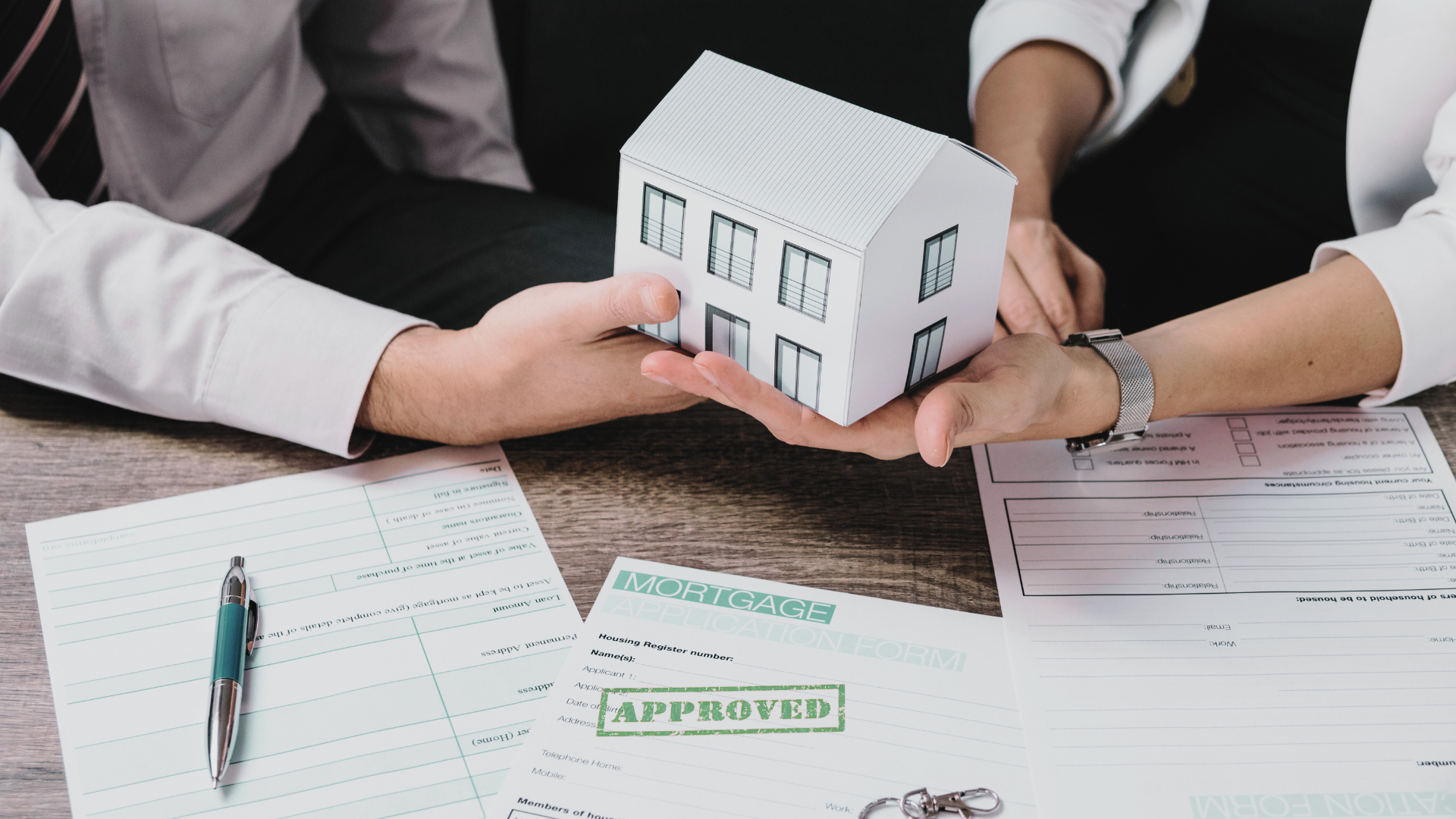A home loan is designed specifically to facilitate purchasing or constructing a new residential property. It is meant to help individuals acquire their own homes.
A business loan against property, on the other hand, allows borrowers to leverage their existing property as collateral to secure a loan. The loan can be used for various purposes, not restricted to property-related needs.
Navigating the realm of loans can be bewildering due to the myriad options available. For instance, a home loan and a loan against property (BLAP) are often mistaken for one another. In this article, we will decipher their distinctions, shedding light on their unique features. By the end, you will have a clearer picture of which option aligns better with your financial goals and circumstances.
Home Loan vs. Business Loan Against Property
Both these financial choices offer an array of features catering to substantial expenses. However, distinct factors set them apart. These factors play a pivotal role in guiding individuals toward the most suitable financing solution based on their specific circumstances and requirements.
| Aspect | Home Loan | Loan Against Property (LAP) |
| Purpose | Purchase or construction of a new home. | Flexible use, not restricted to property-related needs. |
| Collateral | Property being purchased serves as collateral. | Existing property acts as collateral. |
| Interest Rates | Generally lower rates due to primary purpose. | Slightly higher rates due to versatile use. |
| Loan Amount | Typically higher, based on property value. | Lower percentage of property value, considering risks. |
| Eligibility Criteria | Focus on income, credit score, property value. | Emphasis on property value, credit score, and income. |
| Tenure | Longer tenure options for home loans. | Shorter tenure compared to home loans. |
| Usage Restrictions | Generally restricted to property-related needs. | Can be used for business, personal, or other needs. |
Note that these differences can vary depending on the specific terms and conditions set by different lenders and financial institutions.
Loan Quantum
When it comes to home loans, the loan amount is typically influenced by the cost of the property being purchased or constructed. Lenders usually offer a certain percentage of the property’s value as the loan amount. This percentage can vary but is often around 80-90% of the property’s value.
In the case of a loan against property, the loan amount is calculated as a percentage of the market value of the property offered as collateral. However, this percentage is typically lower than that offered in a home loan. Lenders might offer around 40-60% of the property’s market value as the loan amount. Since the funds from a loan against property can be utilised for various needs, including personal and business-related ones, lenders often take a more cautious approach to mitigate potential risks.
EFL, however, offers a loan-to-value ratio of anywhere up to 70%.
Interest Rate
Interest rates for home loans are generally relatively lower than other types of loans. This is because home loans are designed to facilitate home ownership, which is often considered a secure and stable investment for both the borrower and the lender. Additionally, governments and financial institutions often promote home ownership by offering favorable interest rates to encourage more people to own homes.
Interest rates for business loans against property (BLAP) tend to be slightly higher than those for home loans. The increased versatility in the usage of BLAP funds introduces a higher level of risk for lenders. To compensate for this elevated risk, lenders might adjust interest rates accordingly.
Repayment Period
Home loans typically offer longer repayment tenures compared to other types of loans. The tenor for a home loan can extend anywhere from 15 to 30 years, depending on the lender’s policies and the borrower’s preferences. Longer tenors result in smaller monthly instalments, which can be easier for borrowers to accommodate within their financial budgets.
In contrast, business loans against property generally come with shorter repayment tenors than home loans. The tenor for a BLAP typically ranges from 5 to 15 years. While longer tenors offer more affordable monthly instalments, shorter tenors help borrowers repay the loan amount quicker, reducing the overall interest burden.
EFL provides loans featuring extended tenures, allowing borrowers to repay at their convenience without being burdened by high monthly instalments.
Processing Time
Processing times for home loans can vary, but in some cases, they might be slightly faster due to the specific nature of the loan. BLAP processing might involve more documentation and assessment, leading to relatively longer processing times.
Facilitated by its transparent and hassle-free documentation process, EFL ensures swift loan disbursal within three days.
KEY TAKEAWAYS
- Home loans are for acquiring or constructing new homes, while business loans against property (BLAP) use existing property as collateral for various purposes.
- Home loans offer longer tenures (15-30 years), resulting in smaller monthly payments.
- BLAP’s shorter tenures (5-15 years) reduce overall interest but increase monthly payments.
- EFL extends loan tenures for comfortable repayment.
- EFL disburses loans quickly in three days due to transparent and streamlined documentation. Click here to know more.



